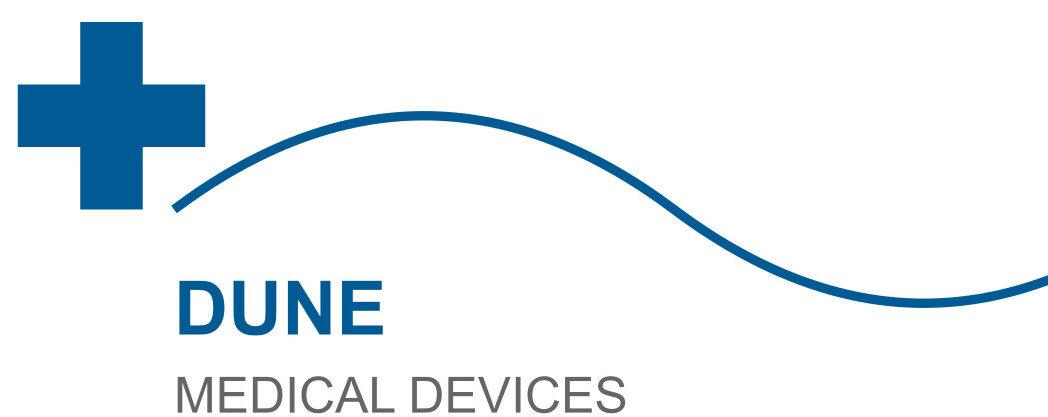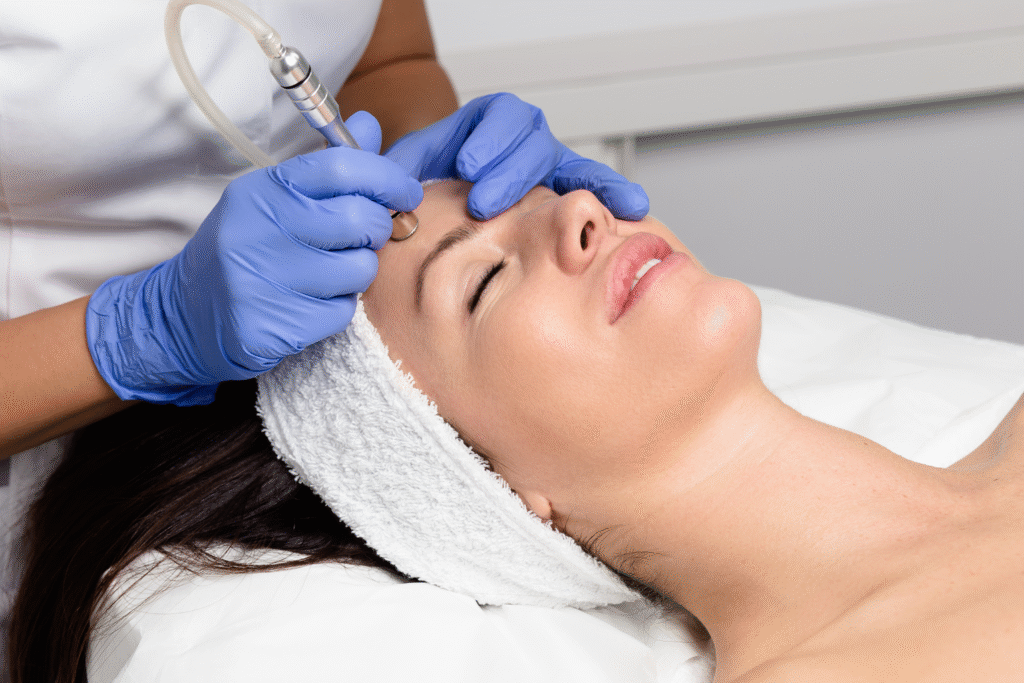Microdermabrasion Treatment: Benefits & Results
Are you looking for a non-invasive way to rejuvenate your skin and achieve a radiant glow? Microdermabrasion is a popular skin treatment that exfoliates the outer layer of dead skin cells, revealing smoother, younger-looking skin. This guide explores the benefits, process, and results of microdermabrasion, helping you decide if it’s the right skincare solution for you.
What Is Microdermabrasion?
Microdermabrasion is a minimally invasive cosmetic procedure that removes the outermost layer of dead skin cells. It uses fine crystals or a diamond-tipped wand to gently exfoliate the skin, stimulating collagen production and improving texture.
How Does Microdermabrasion Work?
The treatment involves a handheld device that sprays tiny crystals onto the skin or uses an abrasive surface to buff away dead skin cells. A vacuum suction then removes the exfoliated skin, leaving behind a fresh, rejuvenated surface.
Types of Microdermabrasion
- Crystal Microdermabrasion: Uses fine aluminum oxide crystals to exfoliate.
- Diamond-Tip Microdermabrasion: Uses a diamond-coated wand for precision.
- Hydradermabrasion: Combines exfoliation with hydration.
| Type | Best For | Downtime |
|---|---|---|
| Crystal | Deep exfoliation | Minimal |
| Diamond-Tip | Sensitive skin | None |
| Hydradermabrasion | Dry skin | None |
Benefits of Microdermabrasion
Microdermabrasion offers numerous benefits for various skin concerns. Whether you’re dealing with acne scars, fine lines, or dullness, this skin treatment can help.
Improves Skin Texture
By removing dead skin cells, microdermabrasion promotes cell turnover, resulting in smoother skin. Many patients notice a visible difference after just one session.
Reduces Fine Lines and Wrinkles
The exfoliation process stimulates collagen production, which helps reduce the appearance of fine lines. Regular treatments can lead to younger-looking skin over time.
Minimizes Pores and Acne Scars
Microdermabrasion can unclog pores and reduce acne breakouts. It also helps fade acne scars by encouraging new skin growth.
| Benefit | Effectiveness | Recommended Sessions |
|---|---|---|
| Skin Brightening | High | 3-5 |
| Wrinkle Reduction | Moderate | 6-8 |
| Acne Scar Improvement | Moderate | 5-7 |
For those considering professional treatments, it’s worth exploring how to get medical device coverage through insurance if you’re seeking dermatological solutions.
What to Expect During Treatment
Understanding the microdermabrasion process can help ease any concerns before your appointment.
Step-by-Step Procedure
- Cleansing: The skin is thoroughly cleansed.
- Exfoliation: The device is passed over the skin to remove dead cells.
- Extraction: A vacuum removes exfoliated skin and debris.
- Moisturizing: A soothing serum or moisturizer is applied.
Post-Treatment Care
After microdermabrasion, avoid direct sunlight and use a gentle moisturizer. Some redness may occur but typically subsides within hours.
Who Should Consider Microdermabrasion?
This skin treatment is suitable for most skin types but may not be ideal for everyone.
Ideal Candidates
- Those with dull or uneven skin tone
- Individuals with mild acne or blackheads
- People seeking anti-aging benefits
Who Should Avoid It?
People with active rosacea, severe acne, or open wounds should consult a dermatologist first. For more on professional skincare options, visit Forefront Dermatology.
Microdermabrasion vs. Other Treatments
How does microdermabrasion compare to similar skincare procedures?
| Treatment | Depth | Downtime | Cost |
|---|---|---|---|
| Microdermabrasion | Superficial | None | $$ |
| Chemical Peel | Medium | 3-5 days | $$$ |
| Laser Resurfacing | Deep | 1-2 weeks | $$$$ |
For facilities upgrading their equipment, who buys used medical equipment can be a valuable resource.
Conclusion
Microdermabrasion is an effective skin treatment for achieving smoother, younger-looking skin with minimal downtime. Whether you’re targeting fine lines, acne scars, or dullness, regular sessions can deliver noticeable results. For best outcomes, consult with a licensed professional and maintain a proper skincare routine between treatments.
Ready to revitalize your skin? Schedule a consultation with a dermatologist today and explore how microdermabrasion can benefit you. For more information on medical-grade treatments, check out Cleveland Clinic’s dermatology resources.
Frequently Asked Questions
How often should you get microdermabrasion?
For best results, professionals recommend treatments every 2-4 weeks, with a series of 6-8 sessions for optimal benefits.
Does microdermabrasion hurt?
Most patients describe the sensation as mild scratching or vibration. The procedure is generally painless with minimal discomfort.
Can microdermabrasion remove deep wrinkles?
While it improves fine lines, deeper wrinkles may require more intensive treatments like laser therapy or fillers.
Is microdermabrasion safe for all skin types?
It’s generally safe for most skin types but may not be suitable for those with active rosacea, eczema, or severe acne. Always consult a dermatologist first.
How do medical facilities choose quality equipment?
Clinics follow strict protocols when selecting devices. Learn more about how hospitals choose medical suppliers for quality assurance.

